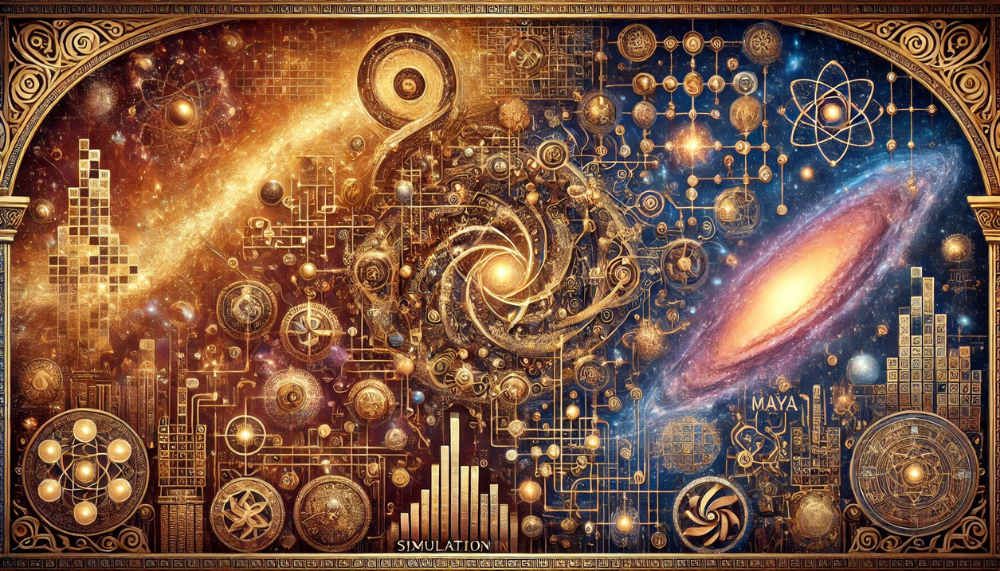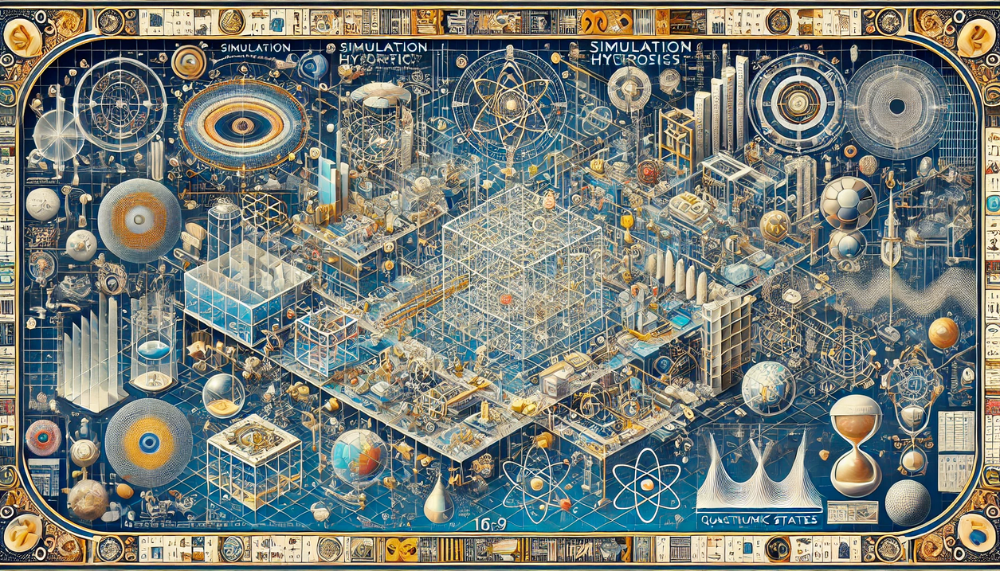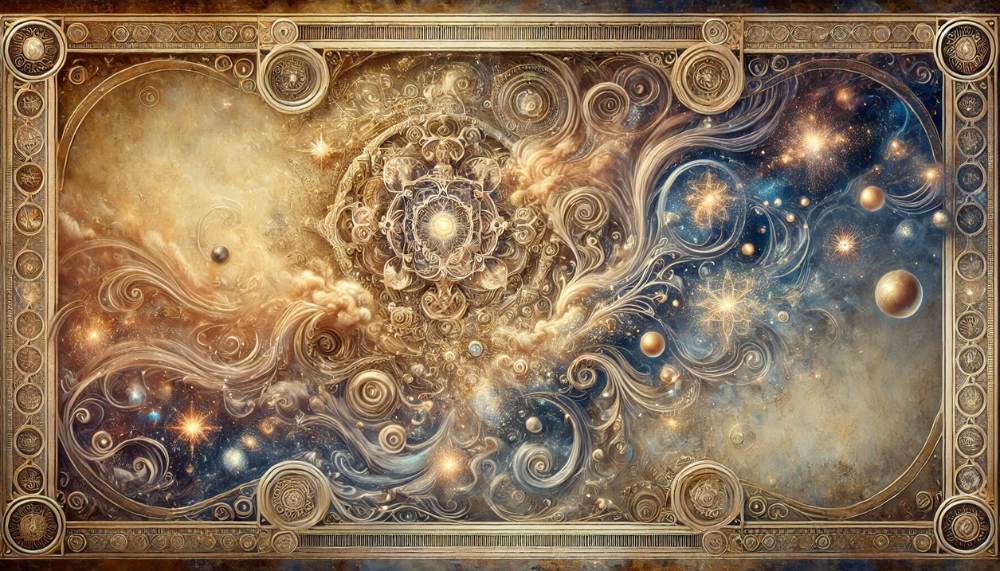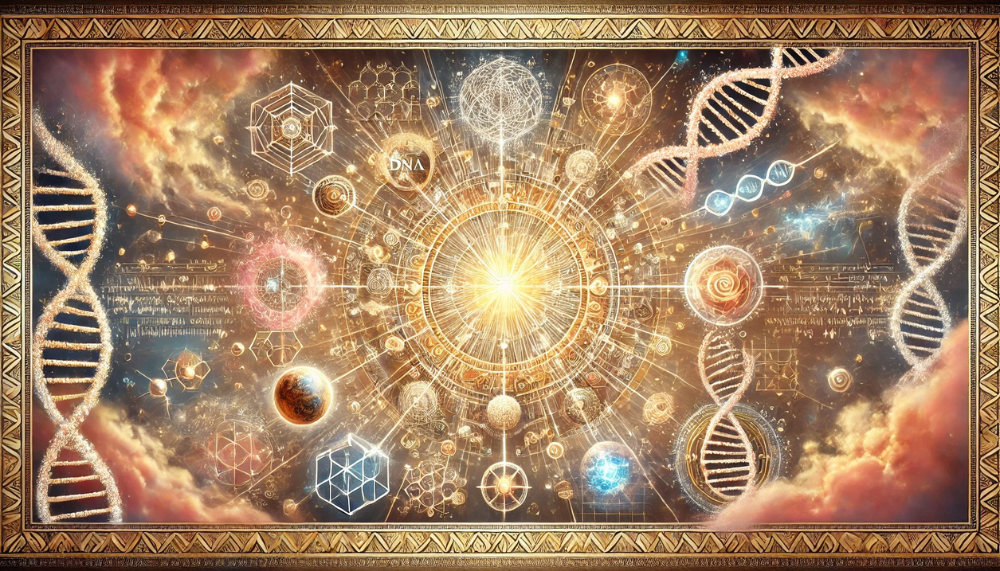The Theory of Everything: Science and Spirituality

When I set out to write Ascender’s Prophecy, my goal was to explore the most profound questions we can ask ourselves: What’s the nature of reality? What’s the meaning of life? What happens after we die? And, perhaps most importantly, is it possible to take control of our own destiny?
I’ve always believed that the answers to these questions were scattered throughout the branches of human knowledge; hidden in science, religion, philosophy, and spirituality. Over the years, I spent a great deal of time researching ancient texts, cutting edge theories, and contemporary knowledge, finding pieces of a puzzle that, when put together, began to form a coherent theory of everything. What emerged from my journey was a model that bridges two seemingly opposing realms: science and spirituality.
This theory forms the overarching structure of Ascender’s Prophecy. It’s built on two pillars: the Simulation Hypothesis and the Vedic philosophy of Maya.
Simulation Hypothesis: The Scientific Pillar

Simulation Hypothesis is a modern theory that suggests that our reality might be an elaborate simulation, much like a computer-generated world that we’re all avatars in. This idea isn’t just science fiction—it’s rooted in probability and logic, with many respected scientists supporting the notion that it’s not only possible, but likely. In the novel, I use this concept as a scientific framework that explains the mathematical and quantized nature of reality, and our place in it. What’s more, the idea that this world is a simulation aligns perfectly with the Copenhagen Interpretation, a now fully-proven theory stating that matter cannot exist without a conscious observer being present.
In this way, Simulation Hypothesis cannot help but point to something residing behind the illusion we experience every day, and to an underlying consciousness that drives everything. But who’s consciousness? The answer to this question can be found in the second pillar.
Maya: The Spiritual Pillar

On the other side of the equation is Maya, a concept from an ancient Hindu philosophy that suggests the world we perceive with our senses is a malleable illusion. According to this age-old belief, what we see as physical reality is only a superficial layer, hiding a deeper, eternal truth known as Brahman, which represents god-consciousness, or the higher-self that’s found in each of us. It’s this cosmic consciousness that collapses the wave function in the Copenhagen Interpretation to create matter, along with all the things and events that arise from it. According to the philosophy of the Vedic priests, our ultimate goal here on Earth is to see through this illusion, and in so doing shape a reality that’s beneficial to ourselves and to others.
In Ascender’s Prophecy, these two concepts are intertwined. Both Simulation Hypothesis and Maya speak to the true nature of reality, and the grand illusion of time and space. Together they explain the nature of consciousness, of the external and internal worlds we reside in, and our ability to recreate our reality by altering our perception of things.
A Quantum Leap in the Evolution of Consciousness

In Ascender’s Prophecy, the characters must confront these concepts head-on as they navigate a cosmic struggle that spans the physical and spiritual realms. From the very start, I set out to write an engaging story that can be read in a light, entertaining way, but that also invites readers to think deeply about their role in reality creation. Only by weaving together science, spirituality, and myth could I make this a realistic endeavour. A new and coherent model of reality was needed, one that not only had to made sense logically and mathematically, but also offer a sense of purpose and meaning in a world that often seems chaotic and disconnected.
